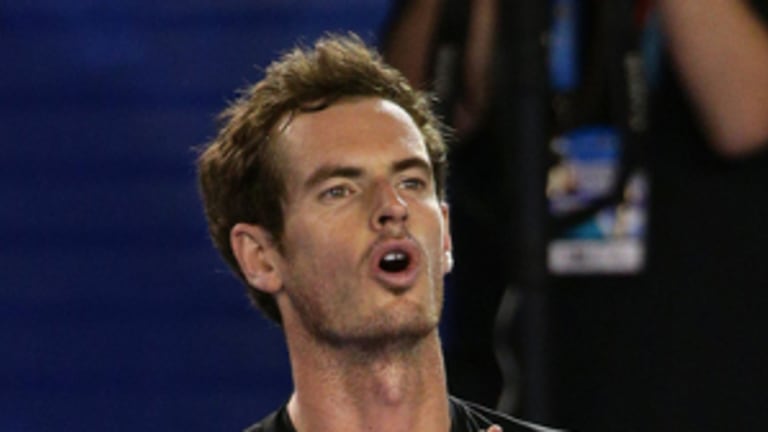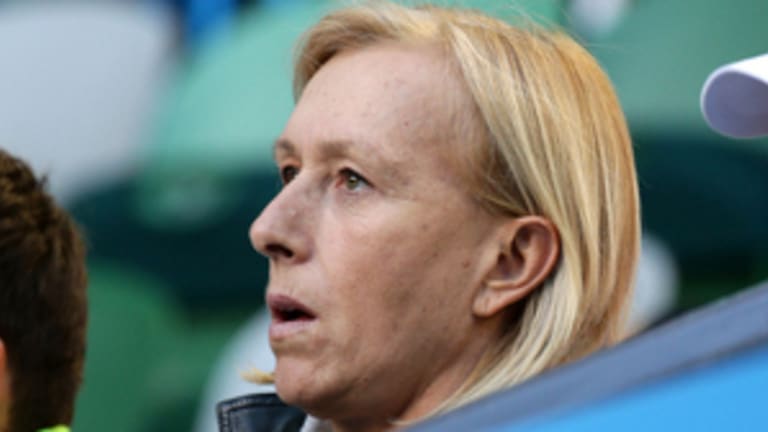Andy Murray appeared to be on the verge of vindication at this year’s Australian Open. Two months earlier, he had been dismantled by Roger Federer, 6-0, 6-1, in front of his home audience in London at the World Tour Finals; the loss had been embarrassing enough that Murray felt compelled to apologize to his fans for it: “I will work as hard as I can through the off-season and get back to my best level for the beginning of the new year...sorry,” he wrote on Twitter.
Now, as he stood inside Rod Laver Arena after a tough semifinal win and praised his coach, Amelie Mauresmo, Murray could feel like he had lived up to his word. He was in his first Grand Slam final since Wimbledon 2013, and he hadn’t been wrong, it was clear now, to choose Mauresmo.
Then it happened all over again. Murray had lost 12 of 13 games to Federer at the O2 Arena in November, and that’s exactly what he did at the end of his Aussie Open final to Novak Djokovic. After winning a second-set tiebreaker, Murray led 2-0 in the third; he would win just one more game and go out, flailing bitterly, 6-0 in the fourth set. Worse, as he admitted afterward, he had let himself become distracted by Djokovic, who struggled physically early in sets two and three before recovering. Murray complained at the start of the tournament about being a called a “drama queen” in the past; now he seemed to be implying something similar about Djokovic.
Is Murray back to square one? Will the whispers about Mauresmo being a poor substitute for his last coach, Ivan Lendl, begin again? British writer Mark Hodgkinson addressed that question in a post at ESPN.co.uk, “Murray’s anger: Should Lendl fans blame Mauresmo?” Did Murray suffer what Pat Cash called a “meltdown” in the final because Lendl wasn’t there to scare him straight?
Hodgkinson quotes Judy Murray, Toni Nadal, and Chris Evert on the Lendl-Murray relationship; they all agree that the best thing Ivan did for Andy was to keep him calm.


